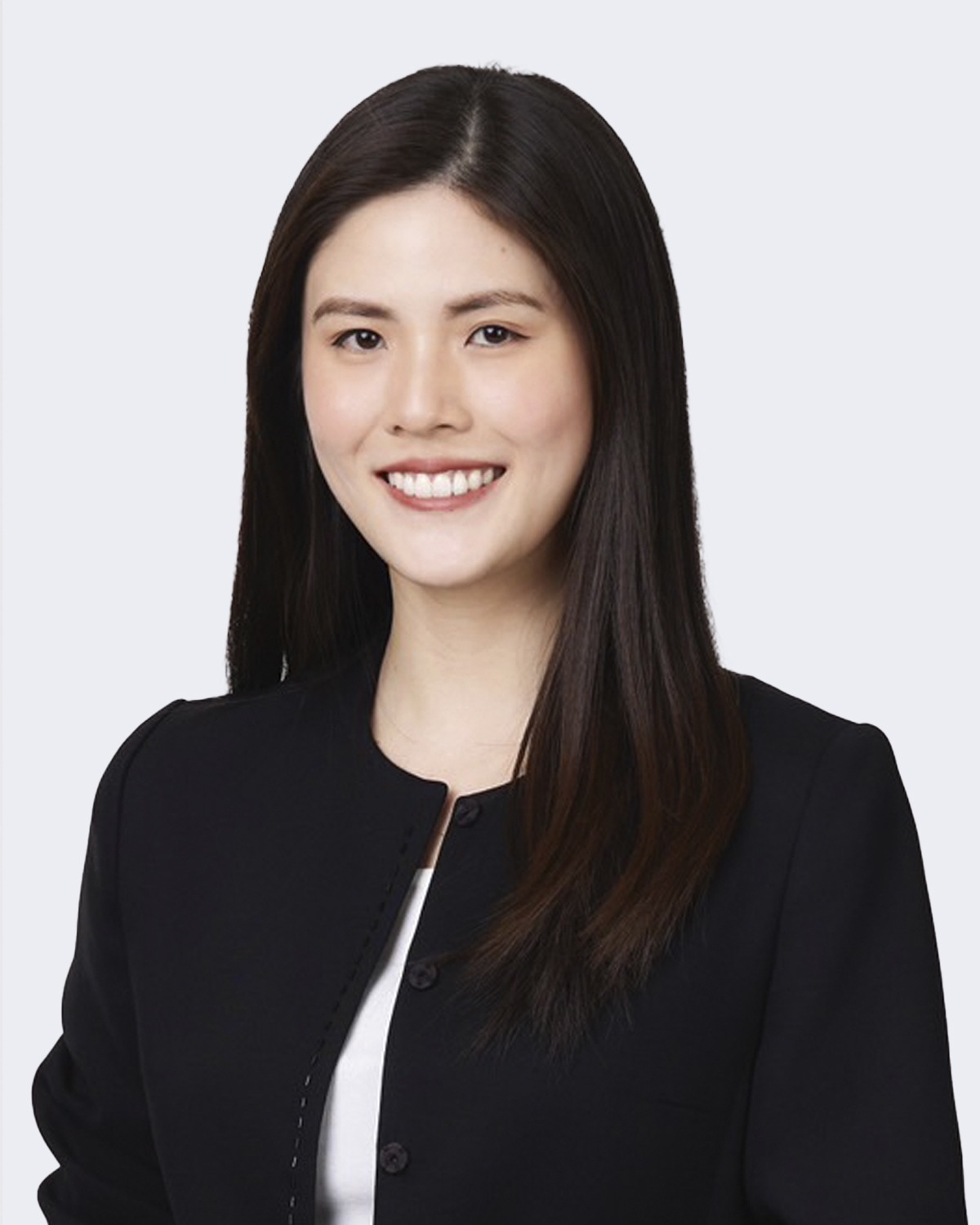Registration of sound marks has been possible in Thailand since September 1, 2017, based on amendments to the Trademark Act B.E. 2534 (1991) and the issuance of Ministerial Regulation No. 5 B.E. 2560 (2017). Tilleke & Gibbins was pleased to be the first law firm to file a sound mark application in Thailand, and, as of January 12, 2018, 12 sound mark applications have been filed at the Thai Department of Intellectual Property for several types of products, including sanitary napkins, baby diapers, clothing, food, medicine, technology gadgets, business administration services, vehicles, and games and toys.
In this article, we provide an overview of the registration process and important guidelines that brand owners should consider in seeking protection of their sound marks.
Eligibility for Registration
Similar to other types of trademarks, a sound mark will be eligible for registration if it fulfills three requirements: distinctiveness, not being prohibited by law, and not being identical or confusingly similar to a registered or pending-for-examination mark.
However, in addition to these three requirements, the law has narrowed the interpretation of distinctiveness for a sound mark to avoid any adverse effects on the commercial competition environment, by requiring that a sound must not be:
- A sound that is directly descriptive of the characteristics of the relevant goods or services. Examples of descriptive marks could include the sound of cows mooing when used in relation to milk, the sound of a dog barking when used in relation to pet products, or the sound of cheering and clapping when used in relation to competitions.
- A natural sound associated with the relevant goods or services. Associated sounds could include the sound of ducks when used in relation to products made from duck, or the sound of cutting something with a metal tool when used in relation to knives or other cutting or shearing equipment.
- A sound produced by the operation of specific goods or services. For example, an applicant would not be able to register the sound of a toilet flushing when used in relation to sanitary products, the sound of a camera shutter when used in relation to cameras, or the siren of an ambulance when used in relation to ambulance transportation and rescue transportation services.
It is important to note that the sound mark for which registration is sought should not be longer than 30 seconds; otherwise, it is possible that the mark may be deemed as lacking distinctiveness and incapable of functioning as a trademark.
Application Requirements
When filing a sound mark application, the law requires that the applicant include a clear description of the sound in the application for the sound mark and provide a flash drive containing an audio file of the sound mark in MP3 format. In the description space of the application, the applicant must indicate: (1) the type of sound mark (whether it is a human sound, animal sound, music/melodic sound, or other type of sound); (2) the context in which the mark will be used; and (3) the closest Thai syllabic expression of the melody, if possible.
For example, if a television broadcasting company would like to file an application for its theme song, the applicant can indicate that the type of sound is a “bell sound,” the context is “the starting sound of the ‘ABC’ television program,” and the closest syllabic expression of the sound is “ding, ding, ding.”
Moreover, the applicant may also include the sound’s description as a musical notation, a sonograph, a spectrogram, or other forms of transcription to illustrate the proposed sound in section 4 of the application, added separately as a continuation sheet. For example, an applicant could write, “the trademark is a sound mark consisting of five consecutive notes, namely ABCED,” as shown in the musical notation below:

Another example would be, “the mark consists of the spoken words HI SA MI TSU superimposed over musical sounds in the key of D major, namely, the melody notes, E, A, E, and two F-sharp notes.”

If a sound mark has been widely used or registered in a jurisdiction, it is advisable to submit evidence of use in the form of an MP3 file, a video file, or a certificate of registration, at the time of filing of the sound mark application to improve the chances of successful registration and defend against any possible opposition.
Considerations
As music can be protected under Thai copyright law, in the case where a sound mark contains a piece of copyrighted music, it is recommended that the applicant obtain a license for use of the copyrighted work as a sound mark, or an assignment from the copyright owner, in order to avoid the potential risk of copyright infringement. Additionally, for the sake of clarity, it is advisable to indicate in the application the identity of the author of the particular copyrighted musical work used in the new sound mark, and briefly explain how the applicant obtained the right to use the copyright (i.e., through licensing or assignment).
Another issue for sound mark applicants arises when a sound mark contains words that are identical or confusingly similar to prior registered or pending-for-examination marks in the same class or relevant classes. If that is the case, there is the possibility that the registrar may refuse registration of the mark based on its similarity to an earlier word mark, despite the fact that they are different types of marks. Therefore, before proceeding with the filing of a sound mark, it is advisable to conduct a trademark search, not only for similar sound marks, but also for comparable word marks.
Brand owners should be sure to account for all of these considerations in their sound mark application, so that they can successfully protect those sounds that are recognizable identifiers of their business.





